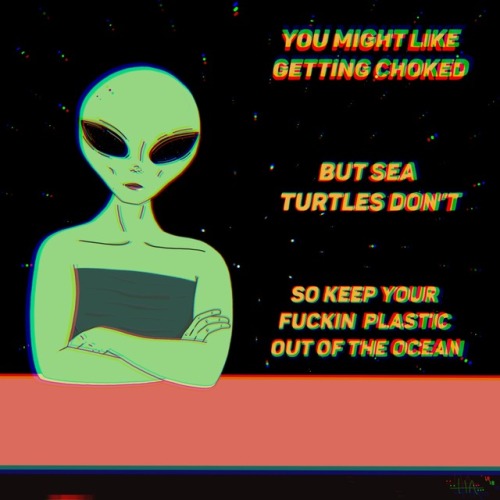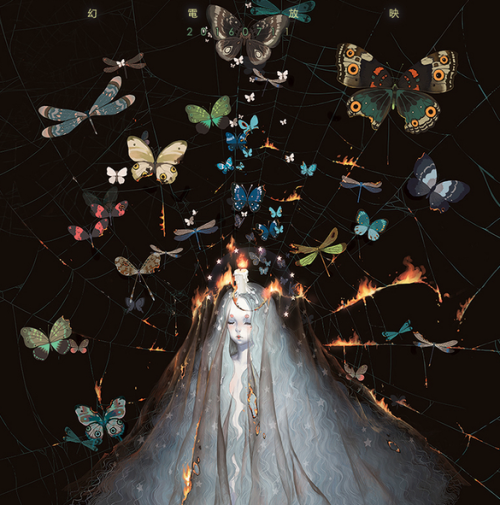Who Knows Who Said This

who knows who said this
(art by me tho)
More Posts from Stickoflicorice and Others

starting a club ask your mom if you can join



Art by 幻電放映

Mars Exploration Family Portrait - Simply Amazing!

Soundtrack

Practicing hair on my favorite space queen 👑

Added Dr. Zoidberg to my embroidery project: “my doctorate is in art history!!”

Io In Front Of Jupiter…

Infor-VIII
Image Credit: Karl Tate / Space.com

Say hello to the Saturn Nebula 👋
Garden-variety stars like the Sun live fairly placid lives in their galactic neighborhoods, casually churning out heat and light for billions of years. When these stars reach retirement age, however, they transform into unique and often psychedelic works of art. This Hubble Space Telescope image of the Saturn Nebula shows the result, called a planetary nebula. While it looks like a piece of wrapped cosmic candy, what we see is actually the outer layers of a dying star.
Stars are powered by nuclear fusion, but each one comes with a limited supply of fuel. When a medium-mass star exhausts its nuclear fuel, it will swell up and shrug off its outer layers until only a small, hot core remains. The leftover core, called a white dwarf, is a lot like a hot coal that glows after a barbecue — eventually it will fade out. Until then, the gaseous debris fluoresces as it expands out into the cosmos, possibly destined to be recycled into later generations of stars and planets.
Using Hubble’s observations, scientists have characterized the nebula’s composition, structure, temperature and the way it interacts with surrounding material. Studying planetary nebulas is particularly interesting since our Sun will experience a similar fate around five billion years down the road.
Make sure to follow us on Tumblr for your regular dose of space: http://nasa.tumblr.com.
DM-1 Crew Dragon launch. 🚀
Animated by @spacefidelity
-
 xseaofdeprivationx liked this · 1 year ago
xseaofdeprivationx liked this · 1 year ago -
 podolllyco liked this · 1 year ago
podolllyco liked this · 1 year ago -
 cryptic-bullshit liked this · 1 year ago
cryptic-bullshit liked this · 1 year ago -
 necroxserpentxtongue liked this · 1 year ago
necroxserpentxtongue liked this · 1 year ago -
 tongue-tied-inside reblogged this · 2 years ago
tongue-tied-inside reblogged this · 2 years ago -
 kill3rofsluttybrat liked this · 2 years ago
kill3rofsluttybrat liked this · 2 years ago -
 hdphotography-hdussault liked this · 2 years ago
hdphotography-hdussault liked this · 2 years ago -
 gypsysoulshine89 reblogged this · 2 years ago
gypsysoulshine89 reblogged this · 2 years ago -
 gypsysoulshine89 liked this · 2 years ago
gypsysoulshine89 liked this · 2 years ago -
 uncharacteristically-articulate liked this · 2 years ago
uncharacteristically-articulate liked this · 2 years ago -
 heydesiree liked this · 2 years ago
heydesiree liked this · 2 years ago -
 xomelli reblogged this · 3 years ago
xomelli reblogged this · 3 years ago -
 juliataylorr liked this · 3 years ago
juliataylorr liked this · 3 years ago